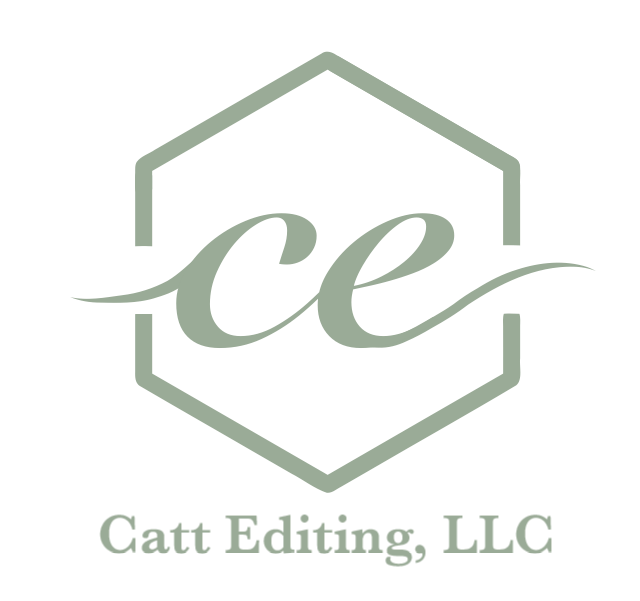
Looking for something specific?
Use the search bar below.
Style Sheets
A style sheet is basically a smaller style guide customized to each project. Style guides tell us the rules of English. The purpose of style guides is to ensure consistency throughout writing so we know what a piece of text is talking about. What if there wasn’t a single source telling us how to use a semicolon? I think; we’d use them; whenever we wanted. And it would be; confusing for everyone involved. So style guides are important.
8 Things You Should Know About Hiring an Editor
There are a lot of things to consider when hiring an editor, so here are eight tips to help you make the right decision.
3 Dead Rules
Language changes and develops with the people speaking it. We do not speak the same in 2022 as we did in 1622. Not even the same as we did fifty years ago! Conventions and meanings change. This means we may have been taught rules that are no longer important. And somehow, some of us have been taught things that were never rules in the first place.
I want to go through some of these grammar “rules” that aren’t rules at all so we can stop worrying about them.
What Are the Different Types of Editors?
There are several types of book editors that do different jobs and come at different stages. You’ll want to hire them in the correct order, otherwise someone’s word (and your money) will be for naught. Let’s go through the four main types of editors and what they do!
4 Common Mistakes of Christian Authors
I work with a lot of Christian authors, and I noticed that most people are confused or don’t know about three particular things. Since these unique aspects only apply to this genre, they aren’t that well known. If you’re a Christian author, refer to God in a religious context, or quote any Bible Scriptures in your book, you’ll want to read this blog post!
Proofreading vs. Editing
Most people don’t know the difference between proofreading and editing, but these services are very different. For example, they should be done at different times in the publishing process, they work with different kinds of files, and their scope of work is vastly different. If you’re unsure which one you need, read below to find out the difference between proofreading and editing.
Why Can’t My Editor Proofread My Book Too?
It may seem easier and cheaper to have an all-in-one editor, this way you get all the editing done in one go. Let me tell you why you shouldn’t do this.




















